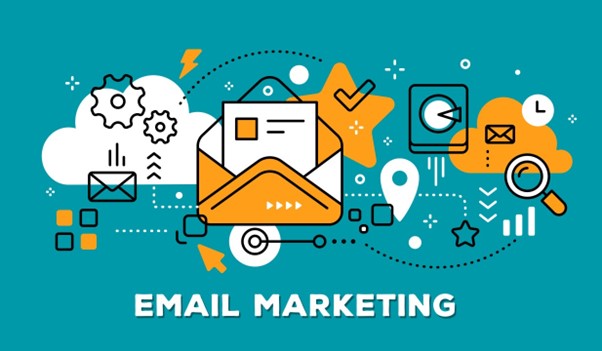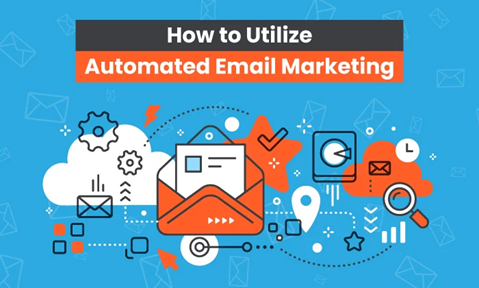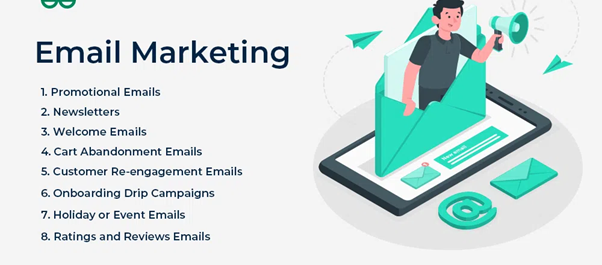Unlocking the Power of Email Marketing Automation: A Comprehensive Guide
Unlocking the Power of Email Marketing Automation: A Comprehensive Guide

Email marketing automation has revolutionized the way businesses engage with their audience, offering a streamlined approach to delivering personalized and timely messages. In this blog, we'll delve into the benefits of email marketing automation, how to implement it effectively, and best practices to ensure success.
What is Email Marketing Automation?
Definition and Overview Email marketing automation involves using software to send automated emails based on predefined triggers or schedules. This technology allows businesses to nurture leads, engage with customers, and drive conversions without manual intervention.
Key Features
Automated Campaigns: Set up email sequences that trigger based on user actions or time intervals.
Personalization: Tailor emails to individual recipients based on their behavior and preferences.
Analytics and Reporting: Track the performance of your email campaigns with detailed metrics and insights.
Benefits of Email Marketing Automation
Time Efficiency Automating your email marketing efforts saves time by eliminating the need for manual campaign management. This allows your team to focus on strategic initiatives rather than repetitive tasks.
Increased Engagement Personalized and timely emails are more likely to engage recipients. Automation ensures that your messages reach the right people at the right time, enhancing customer interaction and loyalty.
Higher Conversion Rates By delivering targeted content that resonates with your audience, email marketing automation can significantly boost conversion rates. Automated follow-up emails and personalized offers can guide leads through the sales funnel more effectively.

Implementing Email Marketing Automation
Step 1: Choose the Right Platform Select an email marketing automation platform that suits your business needs. Popular options include Mailchimp, HubSpot, and Active Campaign. Consider features, pricing, and integrations when making your decision.
Step 2: Define Your Goals Clearly outline what you aim to achieve with email marketing automation. Common goals include lead nurturing, customer retention, and upselling. Defining your objectives will guide your strategy and campaign design.
Step 3: Segment Your Audience Divide your email list into segments based on demographics, behavior, or engagement levels. This allows you to send more relevant and personalized emails to each group.
Step 4: Create Engaging Content Develop compelling email content that aligns with your audience's interests and needs. Use a mix of educational, promotional, and transactional emails to keep your subscribers engaged.
Step 5: Set Up Automated Workflows Design automated workflows that trigger based on specific actions, such as a user signing up for your newsletter, making a purchase, or abandoning a cart. Map out the sequence of emails for each workflow.

Best Practices for Email Marketing Automation
Personalize Your Emails Use dynamic content and personalization tokens to tailor emails to individual recipients. Personalized emails are more likely to capture attention and drive engagement.
Test and Optimize Regularly test different elements of your emails, such as subject lines, content, and send times. Use A/B testing to determine what resonates best with your audience and optimize accordingly.
Monitor Performance Track key metrics such as open rates, click-through rates, and conversion rates to gauge the success of your automated campaigns. Use this data to refine your strategy and improve future campaigns.
Maintain a Clean Email List Regularly update and clean your email list to remove inactive or unengaged subscribers. This helps maintain high deliverability rates and ensures your emails reach the right audience.
Real-World Applications
E-Commerce: Abandoned Cart Recovery Automated emails can remind customers of items left in their shopping carts, offering incentives to complete the purchase. This strategy can recover lost sales and increase revenue.
B2B: Lead Nurturing For B2B companies, email marketing automation can nurture leads by providing valuable content and guiding prospects through the sales funnel. Automated workflows can send educational materials, case studies, and personalized offers.
Customer Retention: Loyalty Programs Businesses can use automated emails to reward loyal customers with exclusive offers, discounts, and personalized recommendations. This helps foster long-term relationships and repeat business.
Conclusion
Email marketing automation is a powerful tool that can transform your marketing efforts, saving time and driving better results. By implementing the right platform, defining clear goals, and following best practices, you can harness the full potential of email marketing automation to engage your audience and boost conversions.Are you ready to take your email marketing to the next level? Start leveraging email marketing automation today and watch your business grow!



